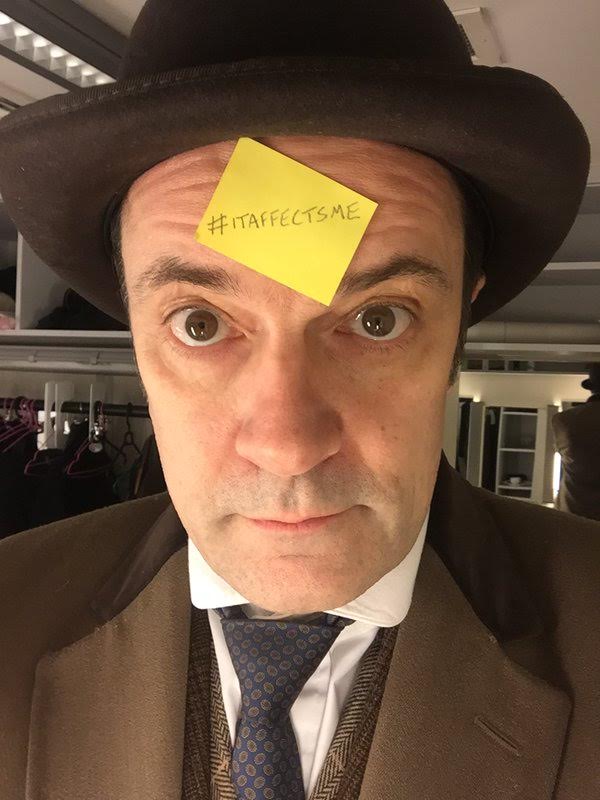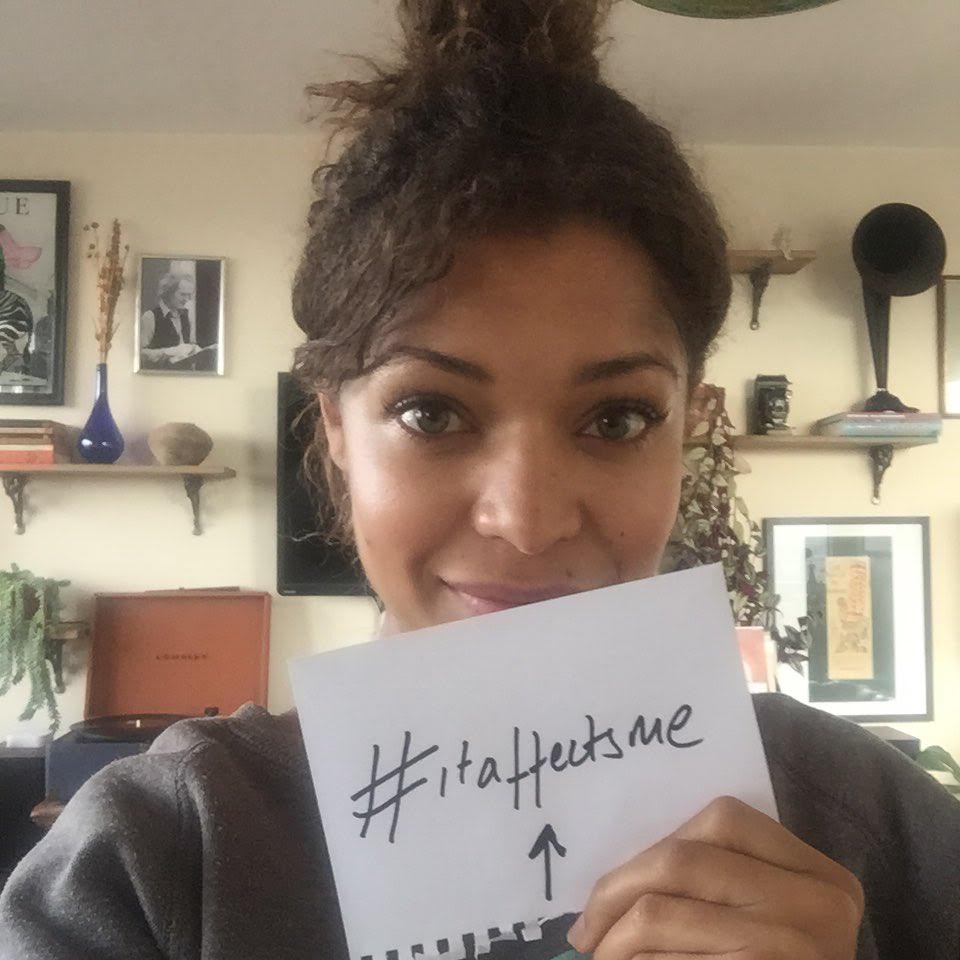I am always on the lookout for amazing things, and what could be more amazing than ending the stigma of mental illness? Laura Darrall has created a social media campaign for mental health awareness called #itaffectsme. It is a great campaign and I hope you can get behind it. Here is what Laura has to say: #itaffectsme is going globally viral with the aim of ending the stigma that surrounds mental health and to get Mental Health Education onto the school curriculum. It has celebrities like Tony Gardner and Antonia Laura Thomas already backing it and has reached America, Pakistan, Australia, Canada, Holland and Italy.
We need to get Mental Health Education on the curriculum to give our children a future where they too are unafraid to speak out and ask for help. We teach sex education, physical education so why not Mental Health Education. We teach them the symptoms of chlamydia, herpes, gonorrhoea, so why not OCD, depression and anxiety? 1 in 4 people suffer from mental illness that is 25% of the world’s population. It is staggering and we need to arm our children with knowledge, with compassion and build a world for them where the word “stigma” is extinct.
The idea for #itaffectsme first came to me after I came out the other side of a mental breakdown, six months of panic attacks, anxiety, OCD and depression. I was sat on the edge of my bed and for the first time in months I felt clarity of thought and a fire in my belly and I knew that I had to use it to make a change, to make people unafraid to speak out and to put an end to stigma. But I had no idea how, so I said a prayer, looked over at my desk, spotted the post-its and then it was like a light bulb switched on in my brain, a real Eureka moment, and it has snowballed from there.
I am so overwhelmed and thrilled with the response. If I can get just one person who is suffering to speak out and ask for help then it is worth every single tear I ever shed last year.
If anyone is suffering and is too afraid to speak out, I would say this: Take it ten seconds at a time and do not fear. Help is out there and only by talking and sharing can we find it. And you will come out the other side. You don’t know who else you may help by sharing your own sufferings and surely the one good thing that can come out of suffering is to help someone else when they experience it too. If we share our mental illnesses with people, they can be strong for us when we cannot. And people want to help, they want to hold your hand if you give them the chance. So do, talk to them and give them that chance.
If I could say one thing to my pre-treatment self it would be, “This is temporary”. Because when you are in the pits of mental illness, in a panic attack, an OCD spike, a black hole of depression, it feels like it will never end. But it will, and if you speak out and seek help you will find tools to help you combat it if and when it returns. I know that one day I may find myself attacked by mental illness again but I know that when and if that day comes I will be ready for it, fully armoured and unafraid.

To take part just take a selfie with a post-it note on the forehead with #itaffectsme written on it, upload it to social media with the link to the Mind donation page, donate and then share.
#itaffectsme is simply the statement the mental illness affects every single one of us, whether directly or indirectly and the selfie is to put faces to it, to stop people being embarrassed or afraid to ask for help. Mental illness has no prejudices about who it affects so we should have no prejudices about it.



